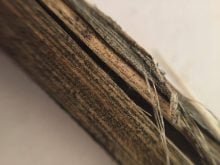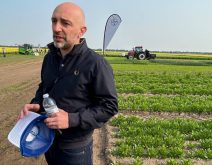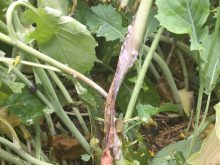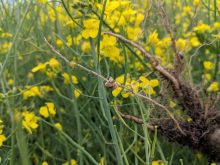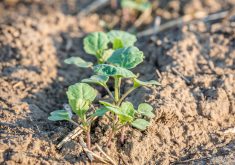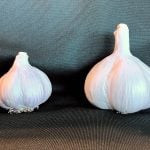Recent technological advancements applied to canola breeding are already making selection a more efficient process.
On an industry panel during Ag in Motion in July, asked about what’s next in the canola development pipeline, breeders and developers with Bayer spoke of the new processes and pathways they can now use to get there.
One significant development for the Canadian industry was Ottawa’s guidance decision in May last year on the use of gene editing in plant breeding, Bayer canola breeder Dale Burns says.
Read Also
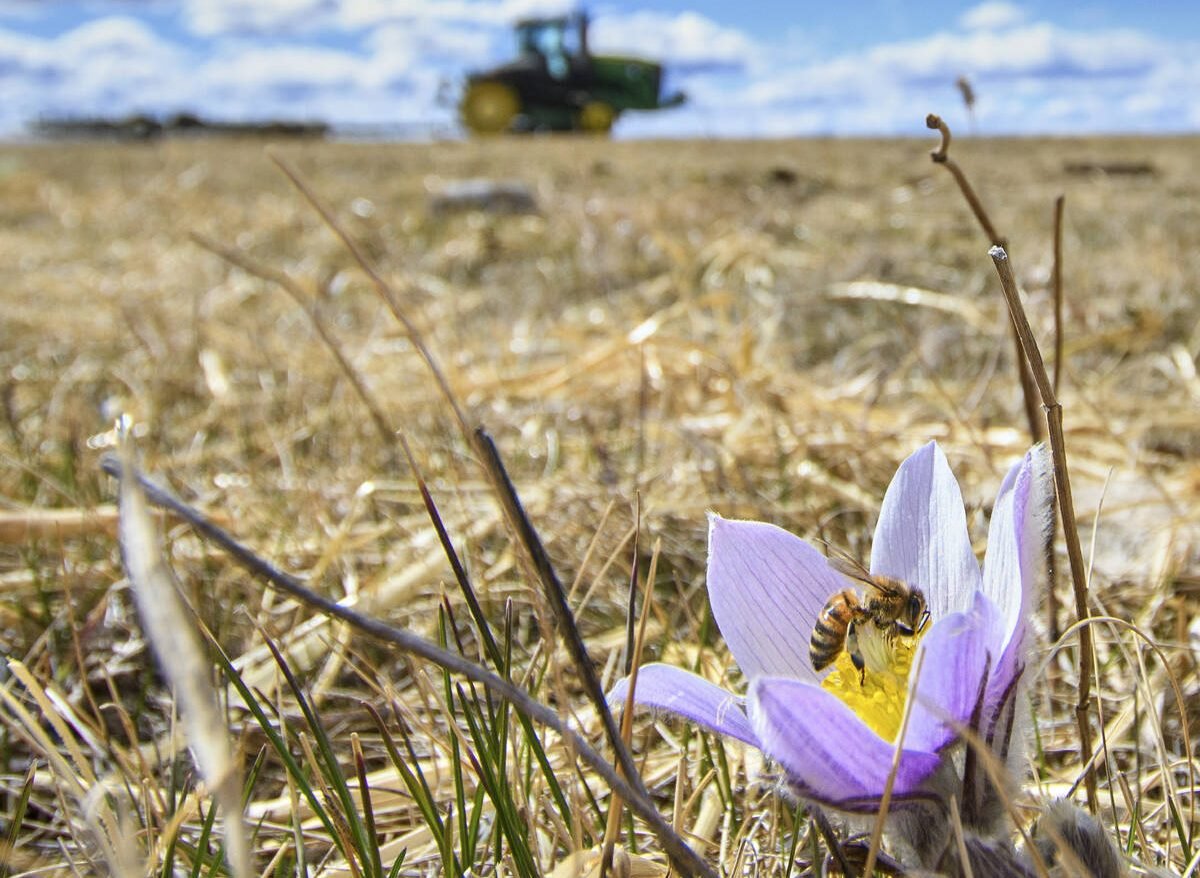
USask-led startup testing AI insect management app for Prairie growers
An AI-driven insect app identifies pests and beneficials, maps field-level pressure and offers management advice. Its developers at the University of Saskatchewan seek Prairie farmers for winter beta testing.
In that decision, regulators said “they would look at gene-edited crops as not requiring any extra regulatory approval steps,” he says.
“Certainly that opened the door to groups like ourselves to dive into that gene editing, identifying traits that could bring enhanced protection, could bring enhanced quality, some of those types of things (whereas previously) we were operating a little bit in the dark as far as whether that was an option or not for us, for several years.”
Artificial intelligence — and the development of AI-supported predictive modelling — are a similar game changer, canola product developer Liz Simpson said on the same panel.
Predictive modelling of conditions such as drought, heavy rain and high heat may seem “a little funky and ‘out there’ today,” she says.
However, “I think that’s going to be very commonplace 10-15 years from now (and the industry will) be very comfortable putting things into simulations and understanding what that’s going to look like before we ever put it in a field; we’re going to have a digital picture of how (a given variety) is going to perform in Western Canada.”
Bringing forward sources of genetic material for resistance to pathogens is also a time-consuming process.
Often, Burns says, breeders are starting with “material that’s really not adapted to being grown here.” And when they start working with a plant that’s a “wild relative” of canola, “that adds a lot of years to being able to bring it into a high-performing hybrid in the marketplace.”
What’s more, new pathotypes and pathogen populations emerge over time, so breeding for disease resistance takes longer than breeding for yield, plant health product developer Xuehua Zhang said on the same panel.
And Burns says Zhang does “an amazing job of (identifying) which races of each disease are most present, and where we need to focus those breeding efforts” — while also working to anticipate upcoming disease races.
New tools and innovations have already reduced the time frame for that disease resistance work by one to two years, she says.
Then, however, breeders need to ensure there’s no “yield drag” or other issues with a disease-resistant trait before bringing it into the company’s breeding pipeline.
Beginning from the point where Bayer starts its initial work developing new parents of hybrids, up until when a new hybrid is deployed into the market, the current time frame is around seven years, Burns says.
That includes two years in early development and five in testing to confirm performance, “checking for that stability across environments, picking the cream of the crop that goes on to the next year of testing.”
These new tools can’t shorten that total cycle, he says, but they do improve the efficiency with which companies can select for higher yield.
“We use a lot of genetic predictions and they’re really good — in some ways more effective than doing some of the first years of testing — (but) we still want to have potential new products experience a lot of environments and look for things that maybe the models didn’t predict very well,” he says.
And the best of the best, he says, are still proved out on the field. Even then, small plots are good, but not great, at predicting actual yield; final decisions on a new variety still rely on farm-scale, grower-performed trials.





